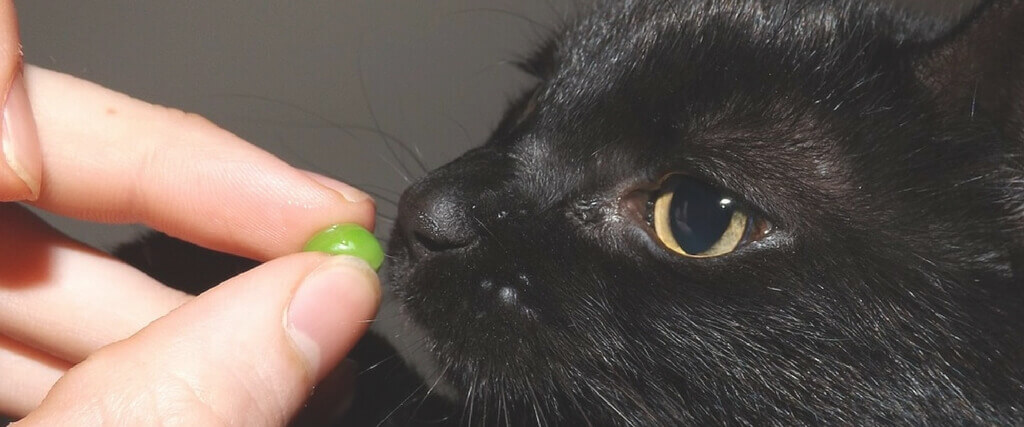You and your pet both know the rule: No table food! On occasion, however, your vet may actually recommend human fare for your furry friend. What’s the deal?
Vegetables are an excellent source of antioxidants—dietary substances that can repair and prevent damage to the body’s cells—for both humans and animals. While antioxidants in tablet form only contain a handful of different antioxidants, vegetables can contain hundreds, many of which work together for an even more powerful effect.
We suggest feeding veggies instead of treats from a box or a bag. Alternatively, you can simply add vegetables to your pet’s meals. Remember, variety is the spice of life! Alternating vegetables of all colors will vary the different types of antioxidants your pet ingests.
There are, however, a few foods to avoid. Stay away from the onion family, which includes all kinds of onions, shallots, leeks and garlic. Grapes and raisins are also off-limits as these can cause toxicity in some pets. Fruit is generally okay, unless your pet is overweight. Even then, organic berries occasionally are fine.

It is also important to note that in some instances, we do not recommend feeding raw vegetables. For very old or debilitated pets or pets with very sensitive stomaches, it is always better to cook the veggies first.
Also, be sure to only try one new item at a time to rule out any foods that may cause gas or loose stool.
Now, go out and get healthy with your pet!
This blog post originally appeared on The Drake Center and has been adapted with permission for reposting.

